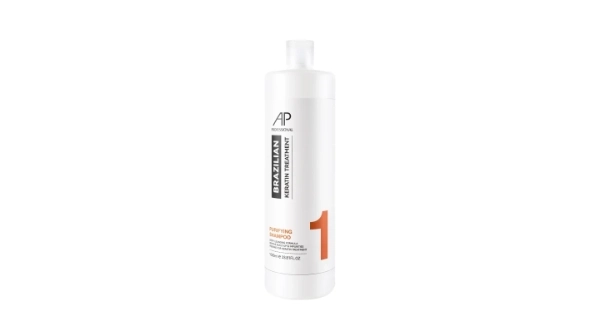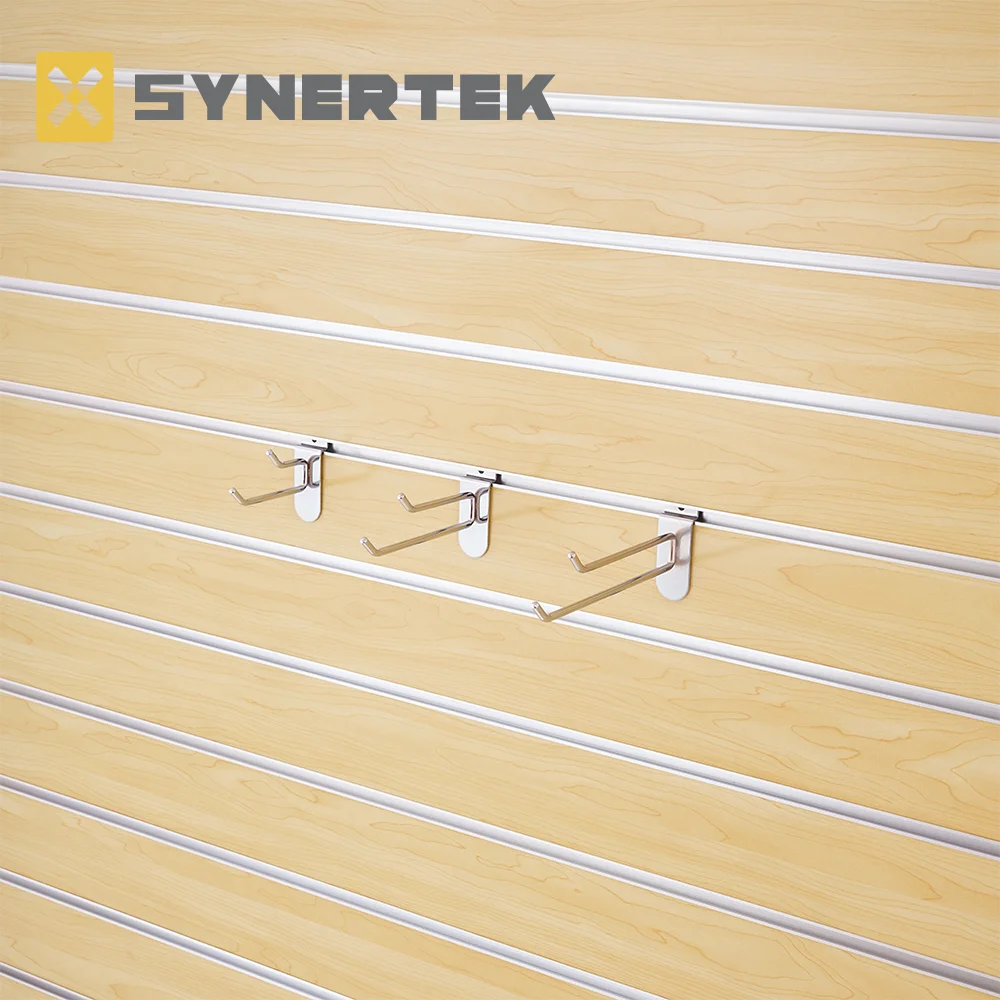When constructing or renovating a building, the importance of a vapor barrier is often overlooked. Many homeowners and builders may question, What happens if you don't install a vapor barrier? The implications of this decision can be far-reaching, affecting not only the structural integrity of the building but also the health and comfort of its occupants. In this article, we will delve into the critical role of vapor barriers, the consequences of their absence, and best practices for installation.
Understanding Vapor Barriers
A vapor barrier is a material designed to resist the diffusion of moisture through walls, ceilings, and floors. Typically made from polyethylene plastic or foil, these barriers are installed in areas prone to moisture accumulation, such as basements, crawl spaces, and exterior walls. The primary function of a vapor barrier is to prevent moisture from penetrating the building envelope, which can lead to a host of problems.
The Consequences of Not Installing a Vapor Barrier
- Moisture Accumulation and Mold Growth
One of the most significant risks of not installing a vapor barrier is the potential for moisture accumulation. Without a barrier, water vapor from the ground or humid air can infiltrate the building materials. This moisture can condense on cooler surfaces, creating an ideal environment for mold and mildew growth. Mold not only damages structural components but also poses serious health risks, including respiratory issues and allergic reactions.
- Structural Damage
Excess moisture can lead to structural damage over time. Wood framing, for instance, can warp, rot, or become infested with pests like termites when exposed to high humidity levels. Concrete and masonry can also suffer from efflorescence, where soluble salts are deposited on the surface, leading to deterioration. The cost of repairing such damage can be substantial, often requiring extensive renovations.
- Increased Energy Costs
A vapor barrier plays a crucial role in maintaining a building's energy efficiency. Without it, moisture can compromise insulation materials, reducing their effectiveness. This inefficiency forces heating and cooling systems to work harder, leading to increased energy consumption and higher utility bills. In climates with significant temperature fluctuations, the absence of a vapor barrier can exacerbate these issues, resulting in uncomfortable indoor conditions.
- Poor Indoor Air Quality
Moisture infiltration can lead to poor indoor air quality, as damp environments promote the growth of allergens and pollutants. This can result in a range of health issues for occupants, including asthma, allergies, and other respiratory problems. Furthermore, the presence of mold and mildew can produce unpleasant odors, making the living environment less inviting.
- Decreased Property Value
A building that suffers from moisture-related issues can see a significant decrease in property value. Potential buyers are often wary of homes with a history of mold or structural damage, leading to lower offers or prolonged time on the market. Investing in a vapor barrier during construction or renovation can protect your investment and enhance the long-term value of your property.
Best Practices for Vapor Barrier Installation
To reap the benefits of a vapor barrier, proper installation is essential. Here are some best practices to consider:
- Choose the Right Material: Select a vapor barrier that suits your specific climate and building type. In colder climates, a thicker polyethylene sheet may be necessary, while in warmer areas, a lighter material may suffice.
- Install at the Correct Location: The vapor barrier should be installed on the warm side of the insulation in colder climates and on the cool side in warmer climates. This placement helps to prevent condensation within the wall assembly.
- Seal All Joints and Penetrations: Ensure that all seams, joints, and penetrations are properly sealed with tape or adhesive to create a continuous barrier. This step is crucial in preventing moisture from bypassing the barrier.
- Regular Inspections: Conduct regular inspections of the vapor barrier, especially in areas prone to moisture. Look for signs of damage or wear and address any issues promptly to maintain its effectiveness.
Conclusion
The decision to forgo a vapor barrier can have serious implications for a building's integrity, energy efficiency, and indoor air quality. By understanding the potential consequences and adhering to best practices for installation, homeowners and builders can protect their investments and create a healthier living environment. Investing in a vapor barrier is not merely a construction detail; it is a crucial step in ensuring the longevity and safety of any building.





+ There are no comments
Add yours